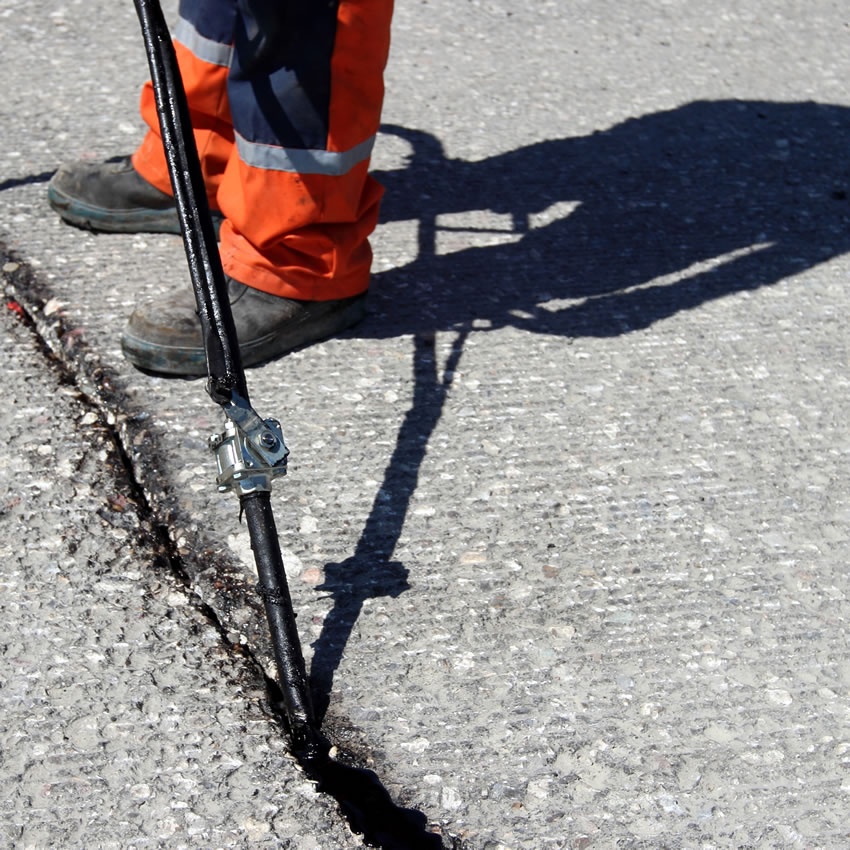Concrete Crack Injection
Crack injection is a widely used method for repairing cracks in concrete structures. It involves injecting specialized materials, typically epoxy or polyurethane resins, into the cracks to fill and seal them.

Crack injection is a widely used method for repairing cracks in concrete structures. It involves injecting specialized materials, typically epoxy or polyurethane resins, into the cracks to fill and seal them. This process helps restore the structural integrity of the concrete and prevents further damage.
Here's how crack injection is typically used to repair cracks in concrete:
- Inspection and Assessment
The first step in crack injection repair is to inspect the cracks and assess their size, depth, and potential causes. It's essential to identify the underlying issues that may have led to the cracks, such as structural movement, settling, or other factors. - Selecting the Repair Material
The choice between epoxy and polyurethane resins depends on several factors, including the crack size, location, and the need for flexibility or strength. Epoxy resins are known for their high strength and adhesive properties and are often used for structural repairs. Polyurethane resins are flexible and expand when injected, making them suitable for sealing cracks that may still experience some movement. - Preparing the Crack:
The crack should be cleaned and prepared before injection to ensure a proper bond and seal. This typically involves the following steps: - Remove any loose debris, dirt, or contaminants from the crack using a wire brush, compressed air, or other suitable cleaning methods.
- Create an injection port or ports along the length of the crack. These ports are typically made of plastic or metal and are attached to the surface using epoxy adhesive. They allow for the injection of the repair material into the crack.
- Seal any cracks that intersect with the one being repaired to prevent the injected material from leaking out.
- Injecting the Repair Material
For epoxy injection, a low-pressure pump is used to inject the resin into the crack. The epoxy flows through the injection ports and fills the crack from the bottom up. For polyurethane injection, the resin is typically injected using a specialized gun with a mixing nozzle. The resin expands as it reacts with moisture and fills the crack. - Monitoring and Cleanup
During the injection process, the technician monitors the flow of the repair material and ensures that the crack is adequately filled. Once the crack is filled, excess material may be wiped off the surface. - Curing and Finalizing
Allow the injected material to cure according to the manufacturer's instructions. This typically involves waiting for the material to harden and achieve its full strength. - Surface Finishing
Depending on the application and the desired appearance, the repaired surface may be finished to match the surrounding concrete. This can involve grinding or smoothing the surface. - Quality Control
After the repair is complete, it's essential to perform quality control checks to ensure the crack is effectively sealed, and the structural integrity of the concrete is restored.
Crack injection is an effective method for repairing cracks in concrete, but it's important to follow the manufacturer's guidelines for the selected repair material and consider the specific conditions and requirements of the project. Proper preparation, injection techniques, and curing are crucial to the success of the repair.


